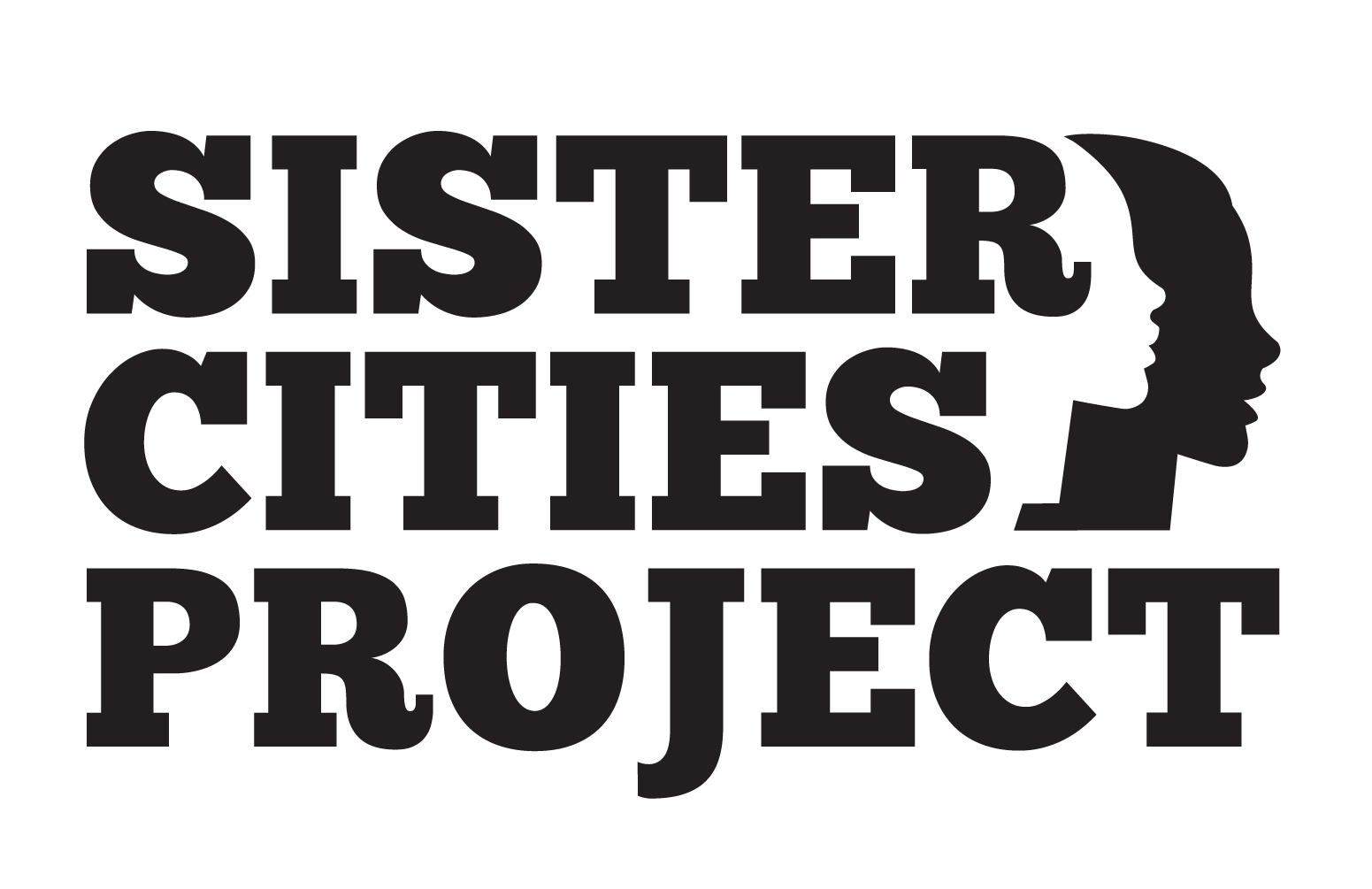As we embark on this eye-opening journey through time, we are reminded that the issues we face today did not start yesterday. They are deeply rooted in the past, forged by a system that was created a long time ago and continues to persist.
1619: The First Step – As we embark on this journey, we find ourselves transported back to 1619 when the first enslaved Africans arrived in America, laying the foundation for centuries of racial inequality and economic exploitation.
1863: The Road Ahead – Fast forward to 1863, a significant year as the Emancipation Proclamation officially ended slavery. However, the legacy of racial inequality persisted, affecting access to opportunities and resources.
Late 1800s to Early 1900s: The Dark Veil of Segregation – The clouds of segregation loomed large during the late 1800s and early 1900s with the enactment of Jim Crow Laws. These laws cast a shadow over Black communities, limiting resources and closing doors to opportunities that should have been rightfully accessible.
1930s: A Deal with Discrimination – As the nation grappled with the Great Depression, the 1930s brought forth the New Deal. Yet, within its policies lay discriminatory housing practices that deepened residential segregation, restricting access to resources in minority communities, including redlining, a discriminatory practice denying certain neighborhoods access to loans and investment based on race.
1940s to 1960s: Lines Drawn in Injustice – The era spanning from the 1940s to the 1960s witnessed the implementation of redlining and restrictive covenants, cementing housing discrimination and sowing the seeds of concentrated poverty and limited access to nutritious food.
1954: Breaking Boundaries – In 1954, a ray of hope emerged with the landmark Supreme Court case, Brown v. Board of Education, putting an end to legal school segregation. However, de facto segregation persisted, leaving its mark on education, employment, and housing.
1960s: A Bittersweet Struggle – The 1960s marked the Civil Rights Movement, a time of tremendous progress. Yet, as racial inequalities began to fade, another problem surfaced – impoverished urban areas left behind due to “White Flight,” as racially motivated suburbanization took flight, creating food deserts with limited resources.
1980s: A War with Consequences – The 1980s saw the rise of the War on Drugs, but its impact was disproportionate, with minority communities suffering from mass incarceration and limited economic opportunities.
1990s: Welfare’s Weight – As the 1990s rolled in, welfare reform policies exacerbated poverty and food insecurity among minority communities, making access to adequate nutrition even more challenging.
2000s: A Growing Environmental Crisis – Entering the 2000s, the specter of environmental racism emerged, with toxic waste and pollution disproportionately affecting low-income minority neighborhoods, further limiting access to fresh and healthy food.
Today: A Challenging Present – Our journey brings us to the present, where limited grocery store presence persists in certain communities, driven by the perception of lower profitability, perpetuating food deserts and the cycle of inequality.


No Comments